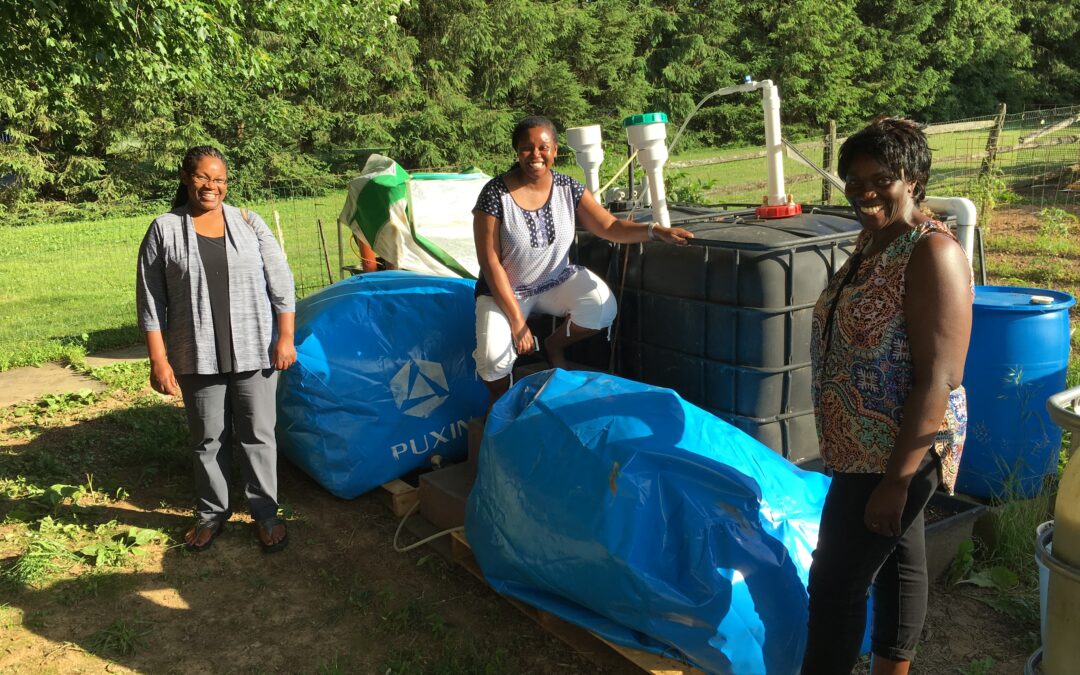
by Janice Kelsey | May 5, 2020 | Our Projects, United States
February 28, 2018 Ashlee Painter lead students from the Patel Collge of Global Sustainability at USF Tampa on an adventure into the unknown with saltwater digesters. Their goal was to research how biodigesters can help to combat coastal pollution and climate change....

by Janice Kelsey | May 5, 2020 | Our Projects, United States
January 2, 2018 After two years of discussion and planning , my students and I from the Patel College of Global Sustainability built “twin dragon” Solar CITIES IBC biodigesters with a floating IBC gas holder. Cold snaps in Florida kept them from producing...

by Janice Kelsey | May 5, 2020 | Our Projects, United States
January 31, 2018 We built a Solar CITIES IBC tank biodigester at the Mermaid Tavern on 41 Nebraska Avenue. The Mermaid Tavern is one of the first restaurants to go zero waste and grow local food. They plan to start using food waste to create fuel and fertilizer....

by Janice Kelsey | May 5, 2020 | Our Projects, United States
November 20, 2017 Working with fellow National Geographic Explorer Dr. Luke Dollar, Chair of the Center for the Environment and Catawba College’s Department of Environment and Sustainability and his students, T.H. and Enas Culhane built a “twin...

by Janice Kelsey | May 5, 2020 | Our Projects, United States
May 3, 2017 HomeBiogas representative Tracy Love Tippin and T.H. Culhane along with HomeBiogas Israel made a donation of a HomeBiogas unit to Sacred Lands. They also built a Solar CITIES tank-based system, this time (for the first time since our build in Kayseri...







